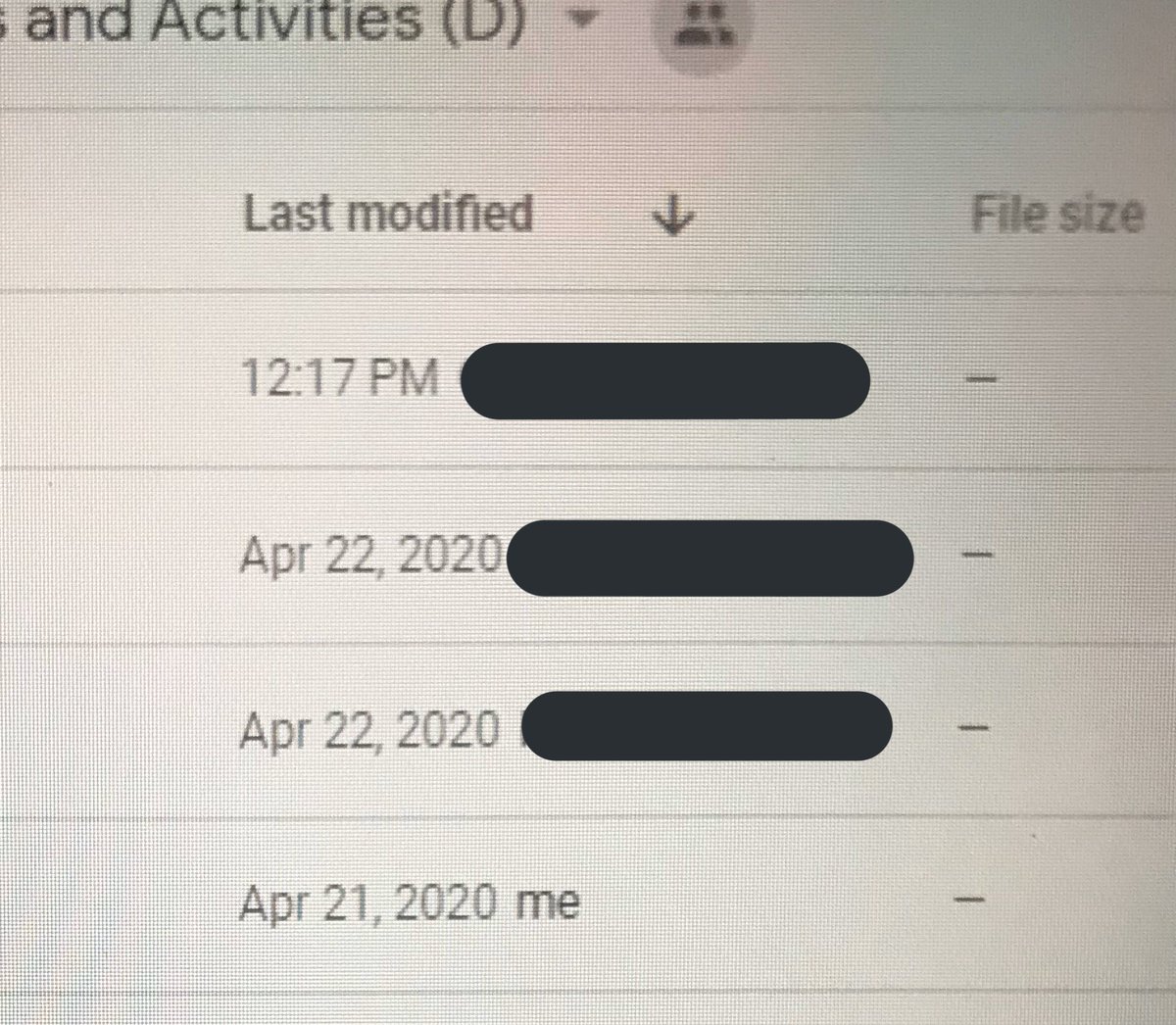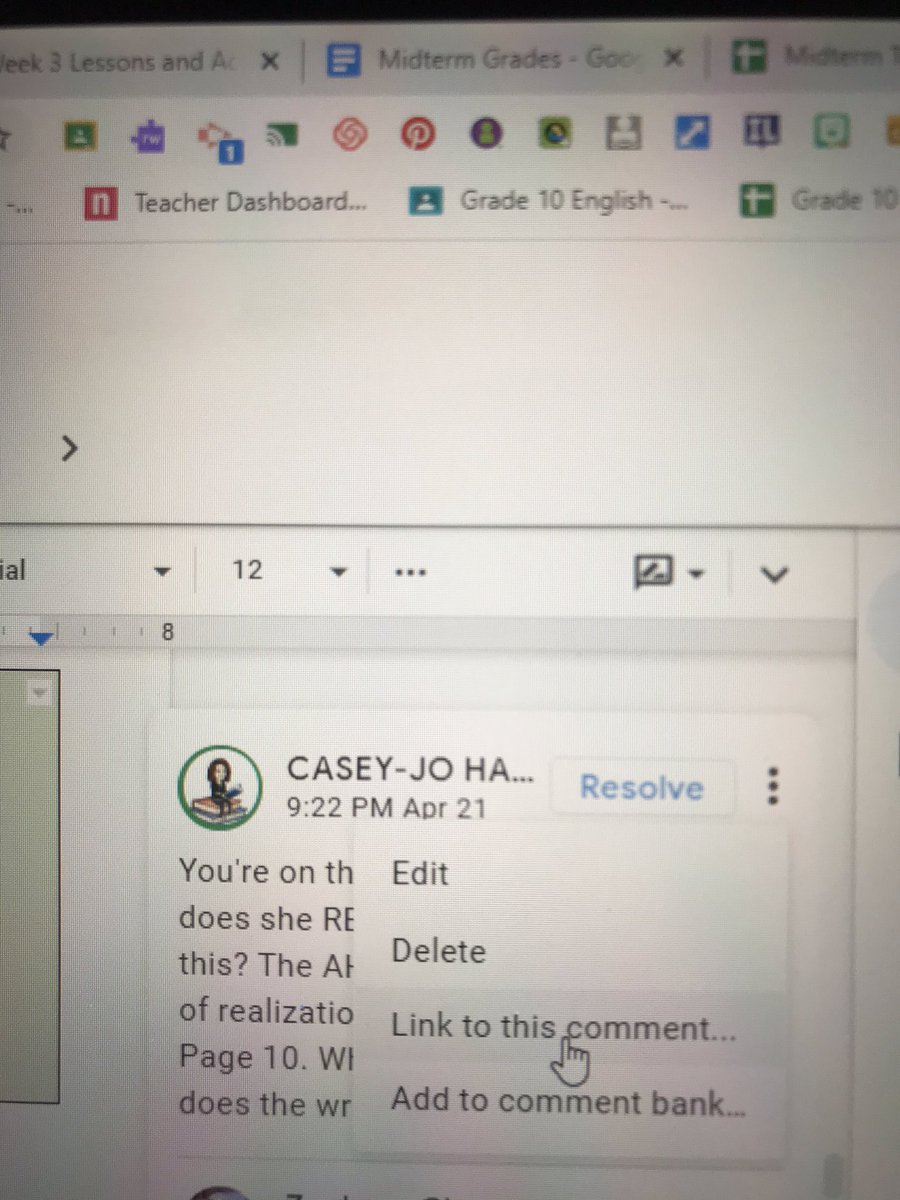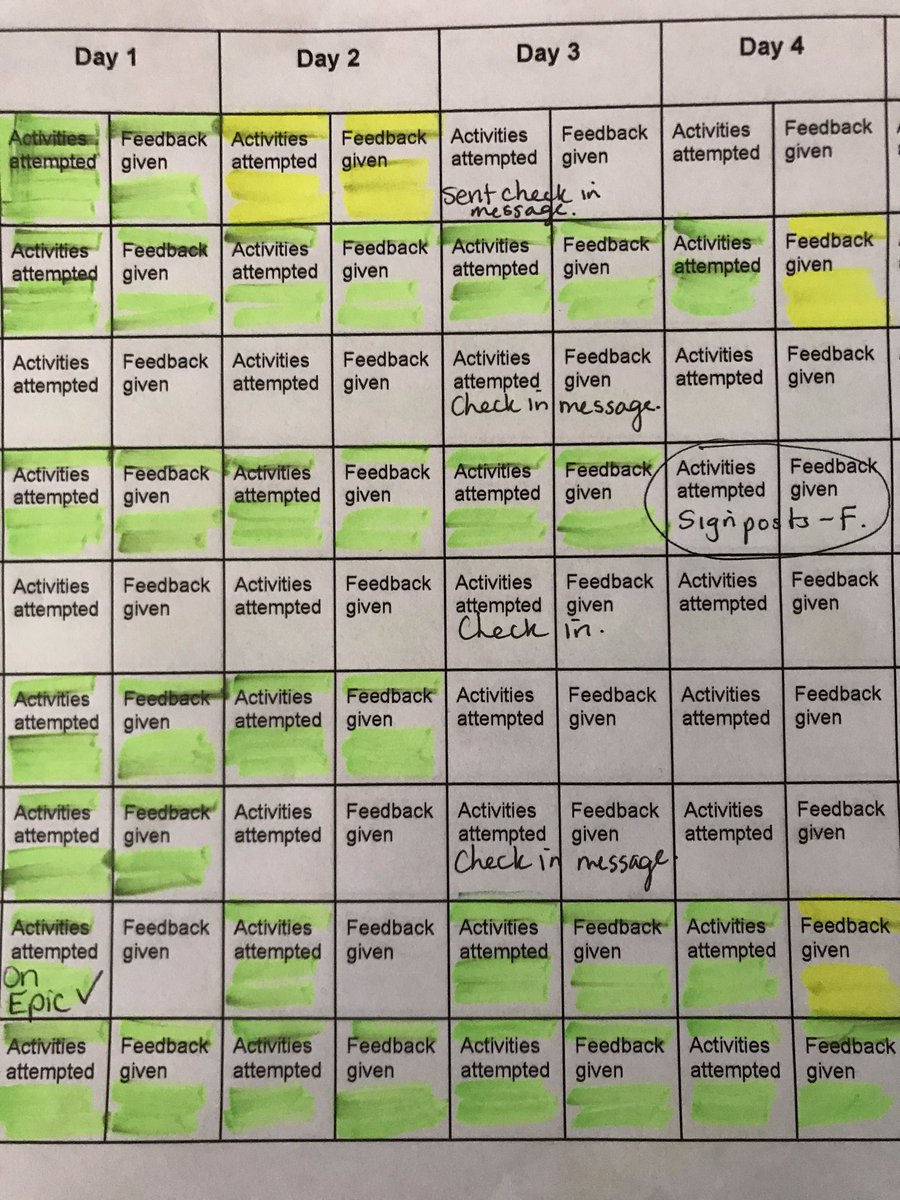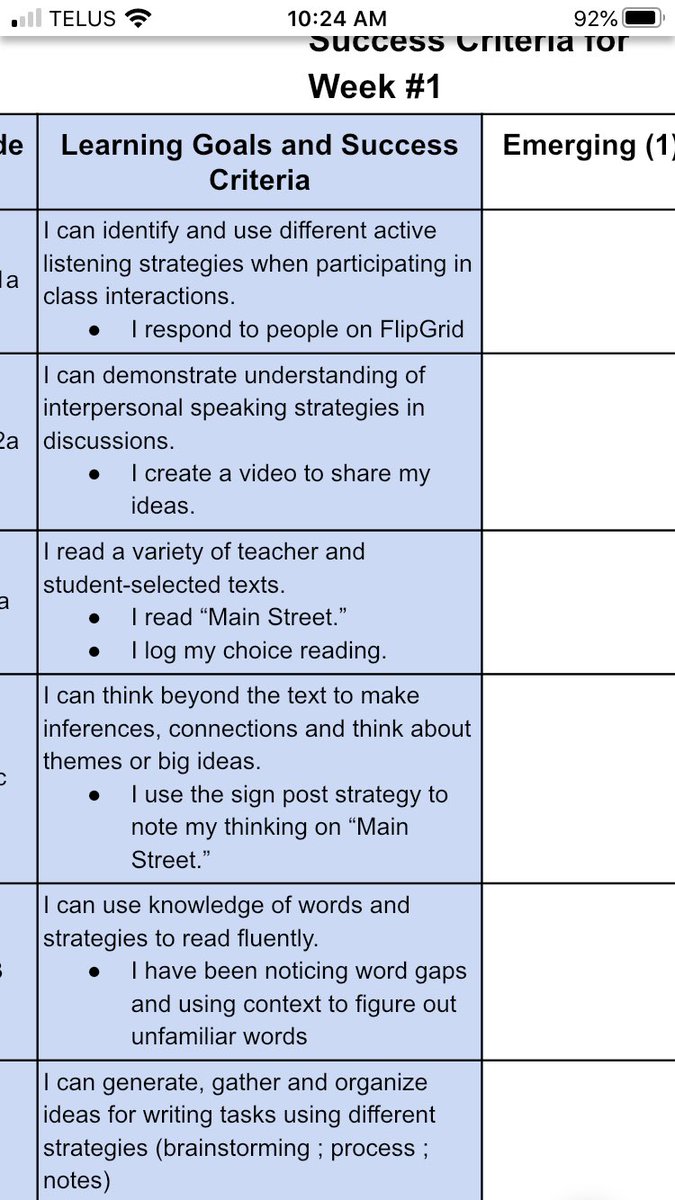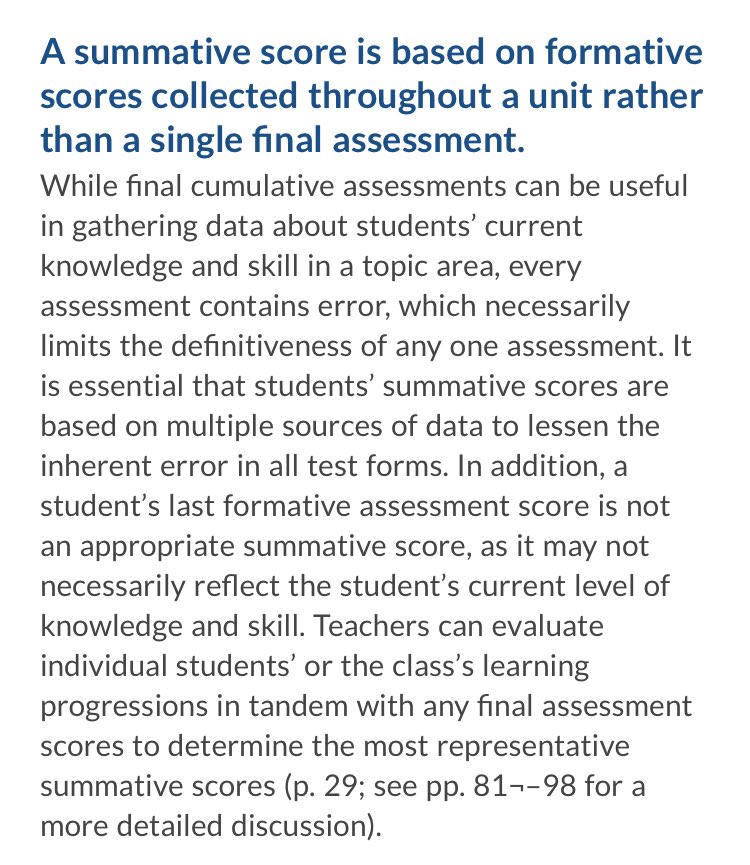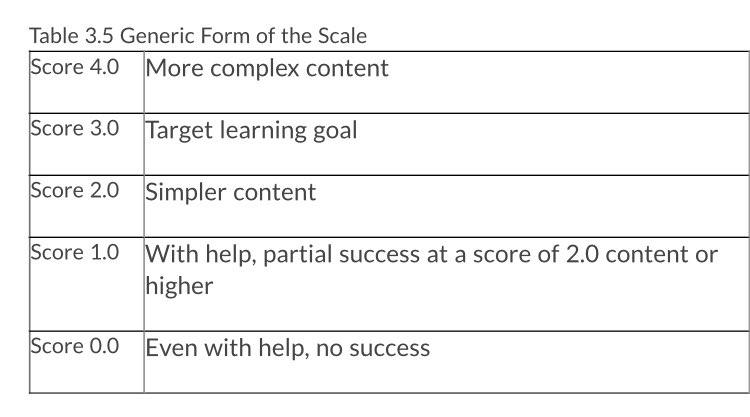It’s Week 3. Feels like Week 33 of #distancelearning. Trying to find a workflow that is not overwhelming, but attempts to maintain connection has been challenging. Here’s the routine I’ve fallen into (see thread). I focus on:
 https://abs.twimg.com/emoji/v2/... draggable="false" alt="✅" title="White heavy check mark" aria-label="Emoji: White heavy check mark"> connection
https://abs.twimg.com/emoji/v2/... draggable="false" alt="✅" title="White heavy check mark" aria-label="Emoji: White heavy check mark"> connection
 https://abs.twimg.com/emoji/v2/... draggable="false" alt="✅" title="White heavy check mark" aria-label="Emoji: White heavy check mark"> feedback
https://abs.twimg.com/emoji/v2/... draggable="false" alt="✅" title="White heavy check mark" aria-label="Emoji: White heavy check mark"> feedback
 https://abs.twimg.com/emoji/v2/... draggable="false" alt="✅" title="White heavy check mark" aria-label="Emoji: White heavy check mark"> flexibility
https://abs.twimg.com/emoji/v2/... draggable="false" alt="✅" title="White heavy check mark" aria-label="Emoji: White heavy check mark"> flexibility
1) I prepare a weekly doc of activities for my students that I release on Monday mornings. (I do not want a 100 docs to open a week). See my template here. I make it a hyper doc so everything is linked from it. Here is my template: https://docs.google.com/document/d/1MdgeU8eCEwR6lkgaZdGXw_YW7QlyMSwSCbAjhgVccbQ">https://docs.google.com/document/...
2) I surveyed my students to see if they were okay with this. They were. Except one. So I release his activities one day at a time on separate docs.
3) Because my prep is done for the week ( https://abs.twimg.com/emoji/v2/... draggable="false" alt="😳" title="Flushed face" aria-label="Emoji: Flushed face">), I can spend Monday trying to engage with students who may have been silent last week. Messages. Phone calls. Gentle invitations to communicate. Checkins for well being. I do not pretend that this is “working” for everyone. It’s not.
https://abs.twimg.com/emoji/v2/... draggable="false" alt="😳" title="Flushed face" aria-label="Emoji: Flushed face">), I can spend Monday trying to engage with students who may have been silent last week. Messages. Phone calls. Gentle invitations to communicate. Checkins for well being. I do not pretend that this is “working” for everyone. It’s not.
4) I’ve made a habit of using the #GoogleDrive folder with the week’s work in it to quickly view who has modified the doc. This way I don’t have to open every single one to see whose been trying the tasks.
5) Because my planning is done, I can focus most of my efforts on giving #feedback. My main way to give feedback is using the comment feature in docs. I pose questions and ask students to respond. It’s as close as I can get to conferring about reading or writing.
6) I’ve recently learned that I can create a link to my feedback comments. I can gage what a student is going to work on next, and leave them a note there to check my feedback first. This is a cue for them to be respond to feedback to further their thinking.
7) I also use the private comments and stream in #googleclassroom to communicate with students. Because I can turn on phone notifications, I am able respond to questions right away. This means the comments don’t pile up.
8) I set aside some planning time for the next week early in the day (I use the word early loosely). I reserve some time later to check in on a few student’s work. I track who I given feedback to and try to give feedback a couple times a week. Template: https://docs.google.com/document/d/1tPDwSBHgyQUDWQR546HUERL8Wv0xzRJCxkUP2bOVfw0">https://docs.google.com/document/...
9) When a student turns in their doc to indicate they are finished (I set due dates for Sunday, but, as always, am flexible), I don’t “mark” them. I do highlight a proficiency level for Learning Goals. I don’t make a point of drawing their attention to this - only to feedback.
10) We know that formative scores can be later used to determine a summative score (since I HAVE to by Mon). Any student demonstrating learning from a distance is getting at least a L2 on goals because there is no “help” for them right now. Image source: #tip4">https://www.marzanoresources.com/resources/tips/fasbg_tips_archive #tip4)">https://www.marzanoresources.com/resources...
11) I am struggling to assign a percentage to some students for midterm. I wish we could focus on learning, not on grades. I’ve devised a plan. It’s not perfect  https://abs.twimg.com/emoji/v2/... draggable="false" alt="🤷♀️" title="Woman shrugging" aria-label="Emoji: Woman shrugging">. I know it is not equitable for students who needed more time to show learning in the classroom. #onted
https://abs.twimg.com/emoji/v2/... draggable="false" alt="🤷♀️" title="Woman shrugging" aria-label="Emoji: Woman shrugging">. I know it is not equitable for students who needed more time to show learning in the classroom. #onted
12) I’ve slowly introduced different ways to show learning. I collect feedback to see what is working. We had our first live gathering. These are optional. About 60% of my class showed up. Some said nothing. But they were present. We’ll do this once a week (by request).
13) I hope to use the live time for collaboration. Brainstorming. Discussion. These are the real learning opportunities that are being missed. Not listening to me. I can share our ideas with everyone in a shared app like this from our hyperdoc: https://ditchthattextbook.com/google-slides-sticky-note-brainstorming-powerful-planning/">https://ditchthattextbook.com/google-sl...
13) We’ve tried @Flipgrid and @Screencastify. Some prefer one over the other. I will give options moving forward. Now is not the time to push comfort zones. I use both for video feedback.
14) Next week I’m trying a sign up for a time they’ll be working on writing so I can jump on to give feedback as they write. Some will sign up. Some will not. All will get feedback in a way that works. Some have said they are ready for more choice. So I’ll honour that for them.
15) When we think of the adjustments we are making for distance learning - in assessment, in in empathy, in patience, in flexibility - I hope we recognize that these are good practices for learners ALL the time. Not just in pandemic time.
16) If you’ve made it this far, I’ll leave this here. “This is how we can collectively take the opportunity to design for change in how we do school.” https://medium.com/national-equity-project/what-if-we-dont-return-to-school-as-usual-4aceb5227df5">https://medium.com/national-...

 Read on Twitter
Read on Twitter